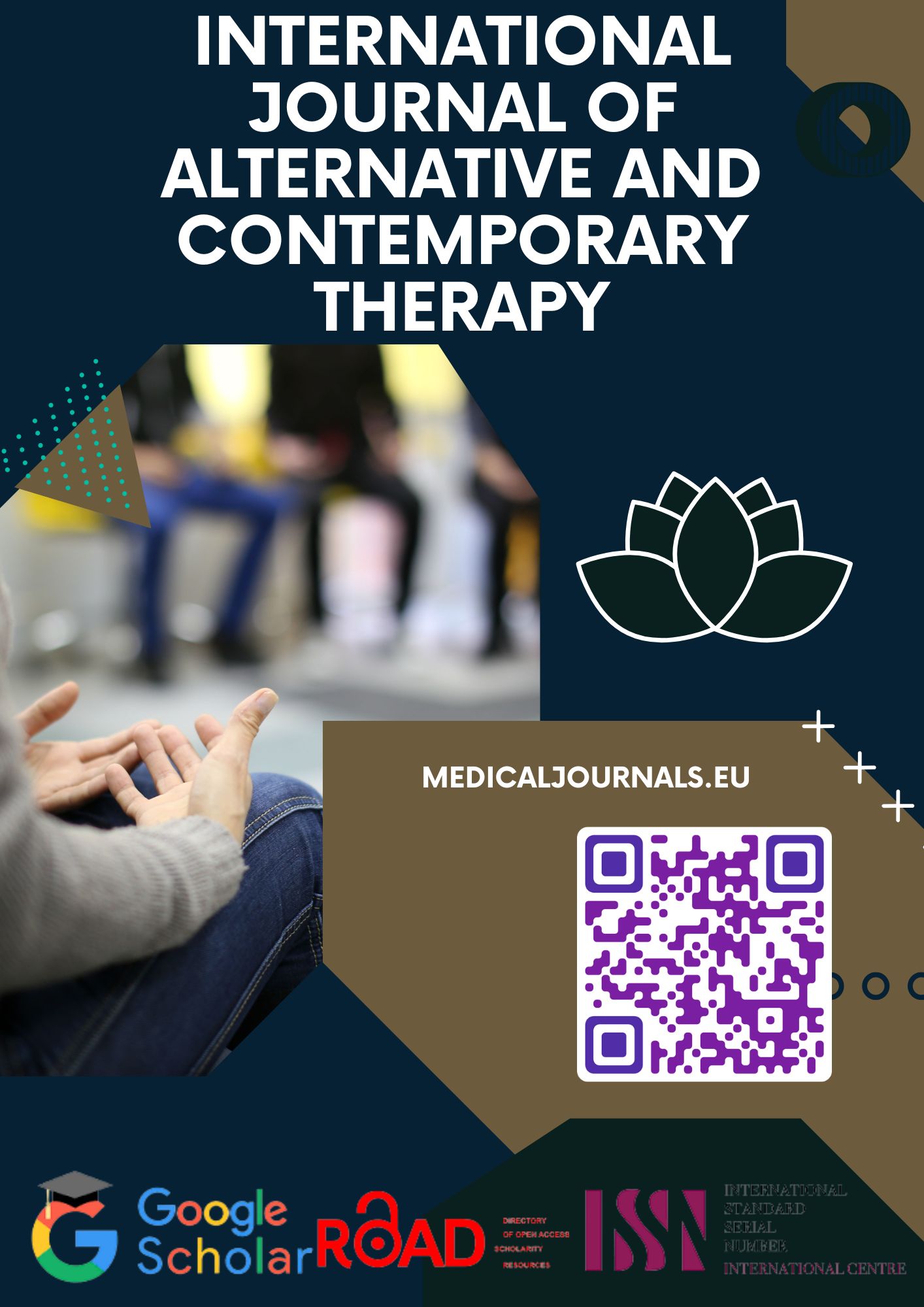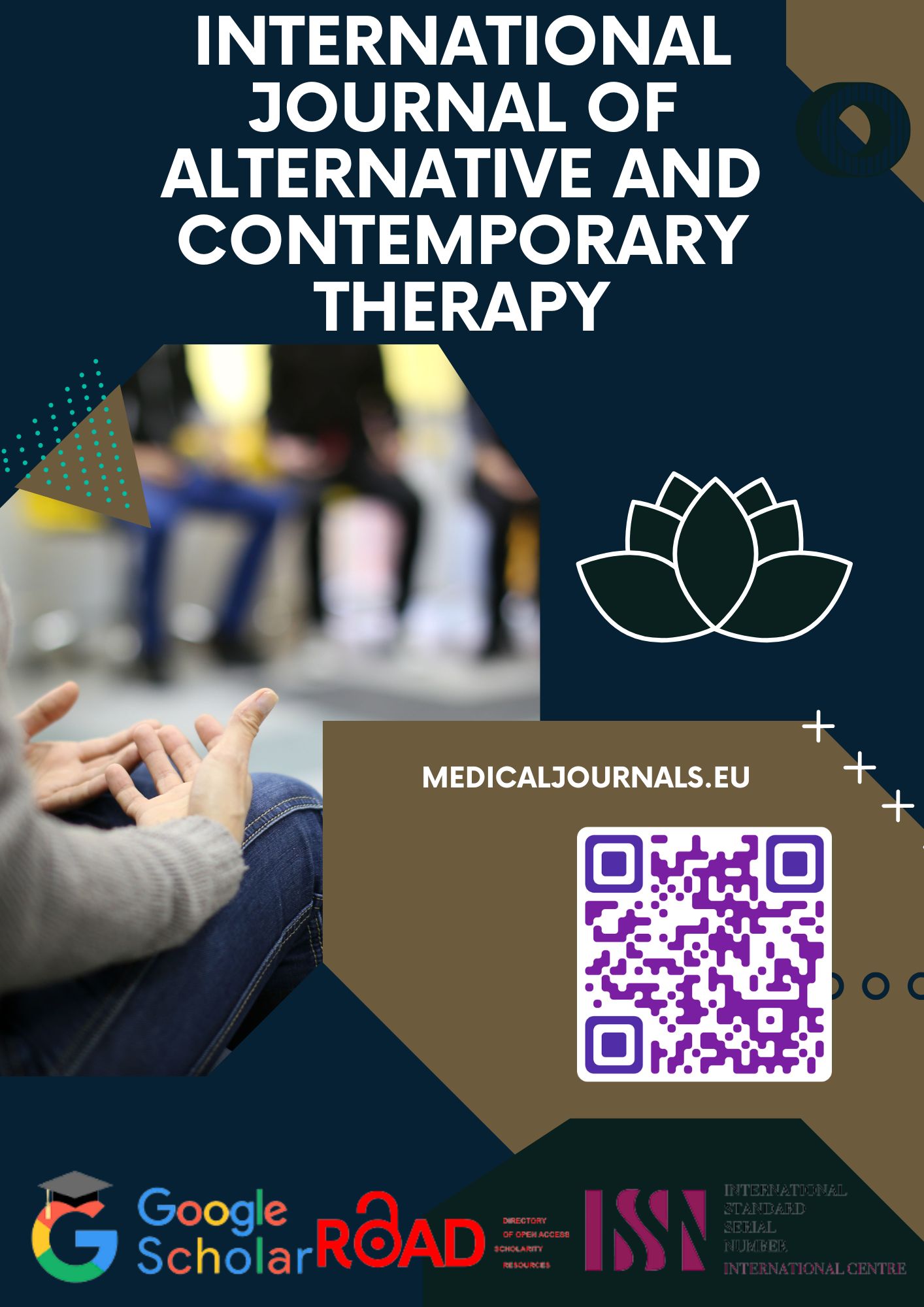Ocular Complications in Facial Psoriasis: Recognizing Symptoms and Seeking Treatment
Keywords:
Facial Psoriasis, Symptoms, Ocular ComplicationsAbstract
BACKGROUND: Facial psoriasis represents a form of psoriasis that primarily impacts the skin of the face, where it presents as red, itchy, swollen spots on the forehead, cheeks, chin, and even around the eyes. The severity of psoriasis is considered essential for the optimal therapeutic management of patients. OBJECTIVES: The aim of this study was to analyse the clinical findings of ocular complications in patients with facial psoriasis after treatment. PATIENTS AND METHODS: A total of 77 patients with facial psoriasis, aged between 30 and 60 years, who had been diagnosed by the Dermatology Department at different hospitals in Iraq, were recruited during the follow-up period between 8 February 2023 and 16 May 2024. All patient data were collated in relation to the type of treatment received, symptoms, type of psoriasis, duration, and severity of the disease (as measured by the PASI score), as well as the patient's quality of life. The occurrence of ocular complications was documented in patients, and comprehensive eye examinations were conducted using the Schirmer I and II tests, along with tear film breakup time (TBUT). These tests were administered to all patients. RESULTS: Itching was identified as the most prevalent symptom, affecting 20.78% of the total patient population. Plaque psoriasis was the most common form of facial psoriasis, with 27 cases, while guttate psoriasis accounted for 20 cases. Disease severity was classified into three categories: mild (25 cases), moderate (34 cases), and severe (18 cases). Ocular complications were observed in 71% of patients. The prevalence of dry eyes was 43%, with a significant impact on the health-related quality of life of 20.78% of patients, who reported a very large effect.
Additionally, 40.26% of patients exhibited mild anxiety levels. With regard to the evaluation of dry eye, 21 cases exhibited abnormal intraocular pressure in the Schirmers I test and, 25 cases in the Schirmers II tests, and 15 cases demonstrated abnormal tear film break-up time. CONCLUSION: Facial psoriasis has a detrimental impact on patients' quality of life, resulting in physical and psychological impairment. The prevalence of ocular complications was found to be 71.43%, with dry eye and eye inflammation being the most common complications observed in patients. Furthermore, it was noted that the incidence of symptoms and complications may increase with the PASI score. The findings of this study indicate that the use of infliximab and topical corticosteroids has a modest impact on disease scores. However, these treatments do not appear to result in an increase in intraocular pressure.








